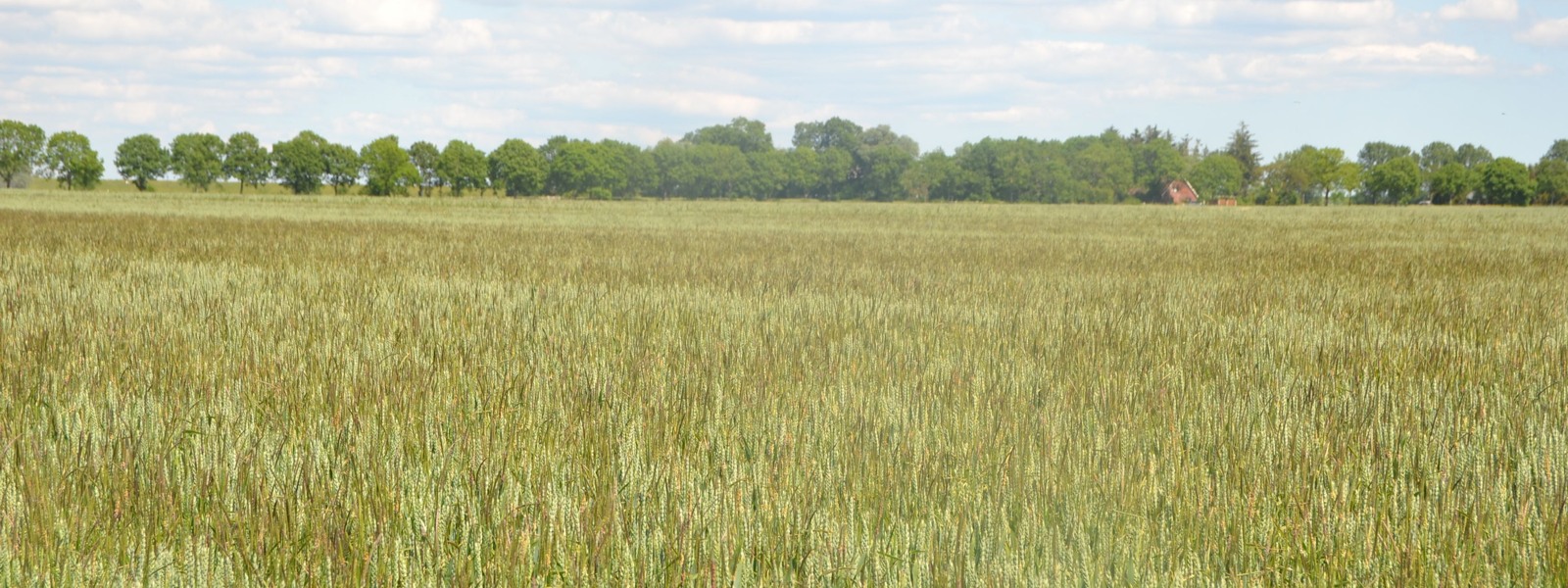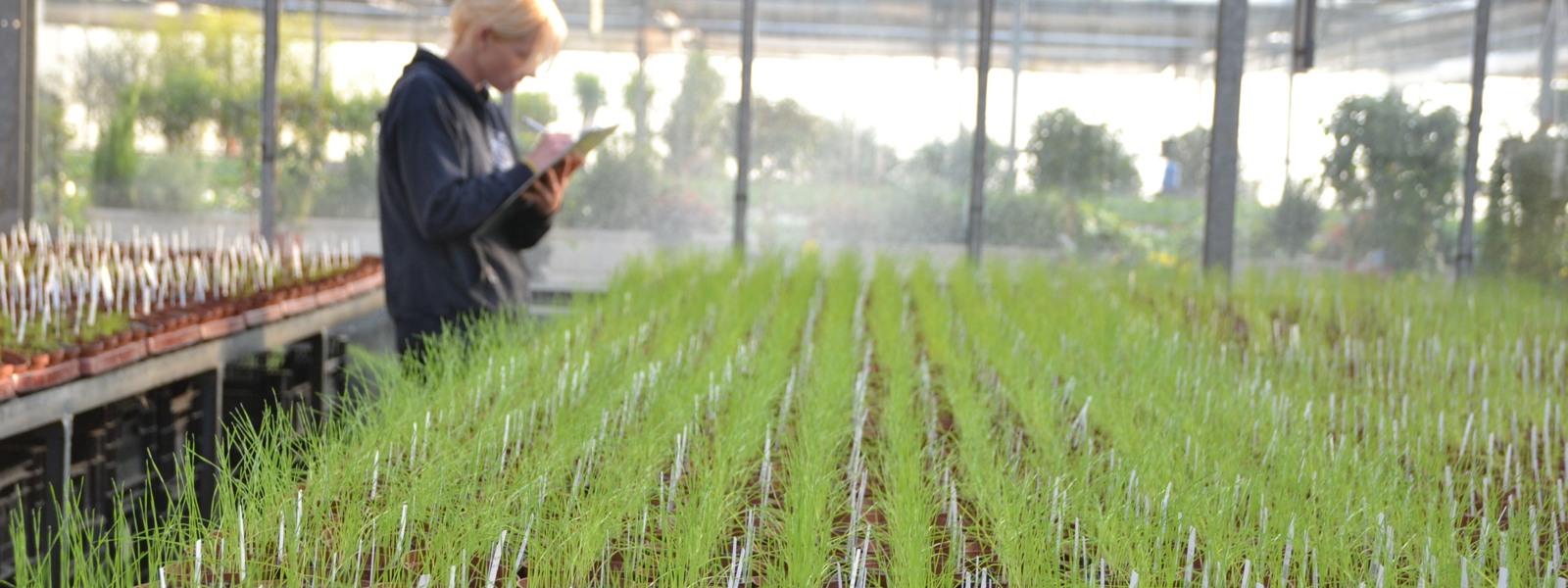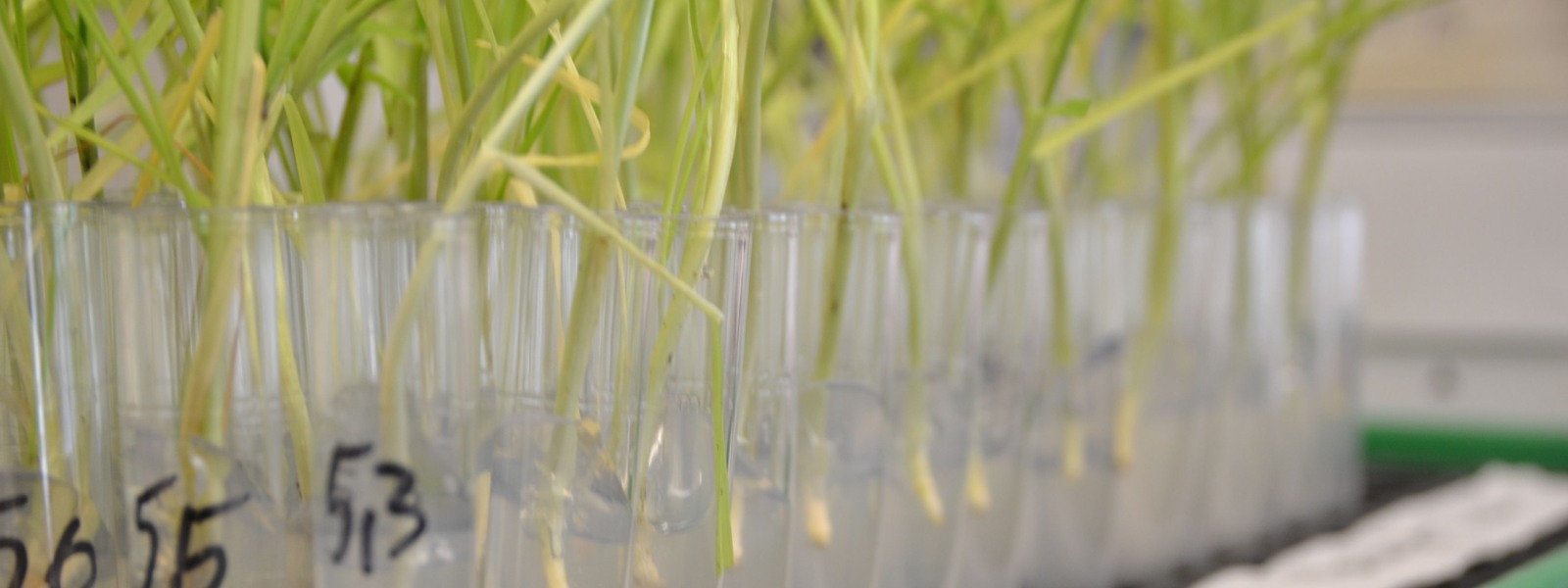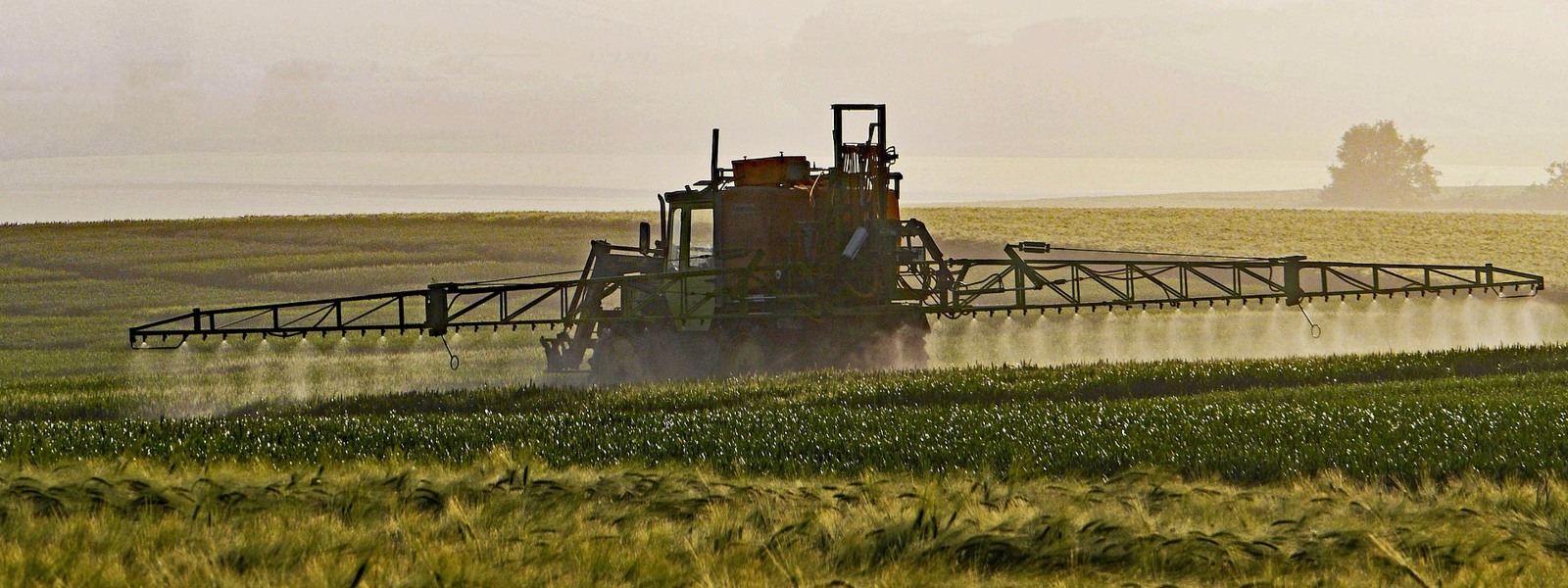To ensure we can carry out your resistance analysis reliably, proper and sufficient sample collection is crucial. Here you will find all important guidelines for seed collection:
When to collect?
- Main period: From July until shortly before cereal harvest.
- The seeds ripen similarly to blackgrass but do not shed naturally. Therefore, they can be collected at any time before the cereal harvest.
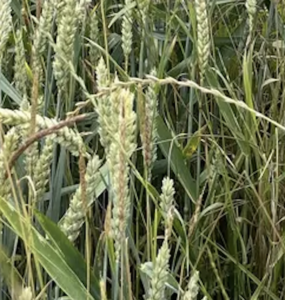
- Important: Do not confuse with couch grass!
- In couch grass, the spikelets are attached to the rachis with their broad side – these we do not want.
- In ryegrass, the narrow side of the spikelet faces the rachis – this is the key identifying feature!
- Note: If the seeds do not easily strip off by hand, please send us the entire seed heads.
Wieviel How much to collect?
- Minimum quantity: 200 ml of ripe seeds (for example, measure with a measuring cup)
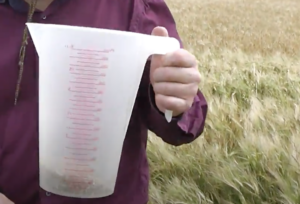
- More is better! Please collect generously – the more seeds we receive, the more reliable the analysis (especially for re-checks or additional experimental tests).
Where to collect?
- Plan to spend around 30 minutes.
- Goal: Collect seeds from as many plants as possible, focusing on the most heavily infested areas of your field.
- Important: Only collect ripe seeds!
Also from other crops?
Yes! Sampling is not limited to winter cereals. It can also be done in:
- Maize
- Sugar beet
Shipping the samples
You have two options:
Shipping address:
PlantaLyt GmbH
Vahrenwalder Str. 269A
30179 Hannover
Germany
- Dry before shipping:
- Spread the seeds out on paper
- Let them dry for one week at room temperature
- Direct shipping:
- Fill seeds directly into a sturdy paper bag (e.g., large biodegradable waste bags)
- Ship to us immediately
- Do not use plastic bags! (risk of mold)
Shipping address:
PlantaLyt GmbH, Vahrenwalder Str. 269A, 30179 Hannover, Germany
Tip:
If you have any questions about seed collection, just get in touch with us – we are happy to help!



